Maximum extent of steric inhibition of resonance can be expected in

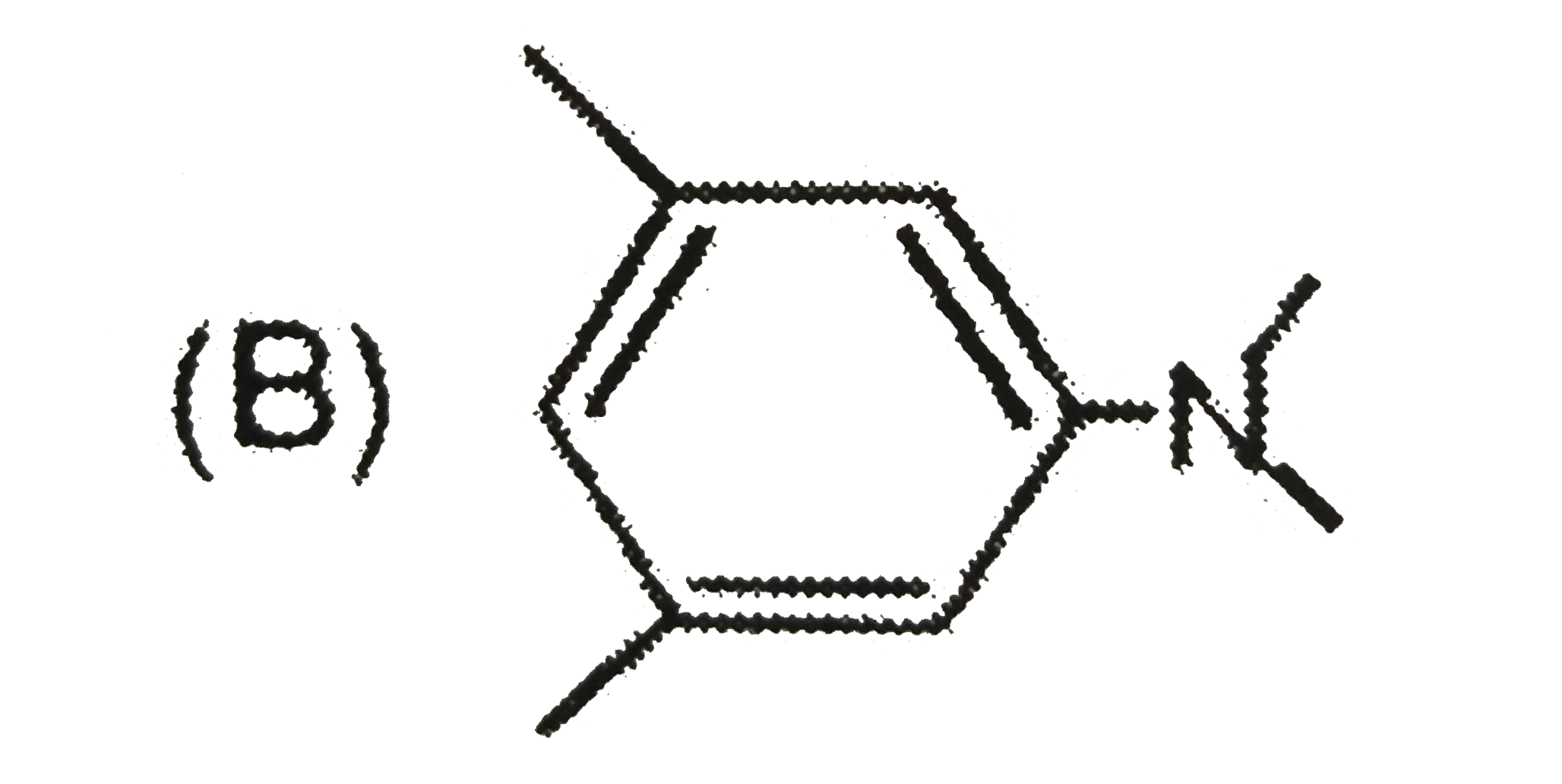
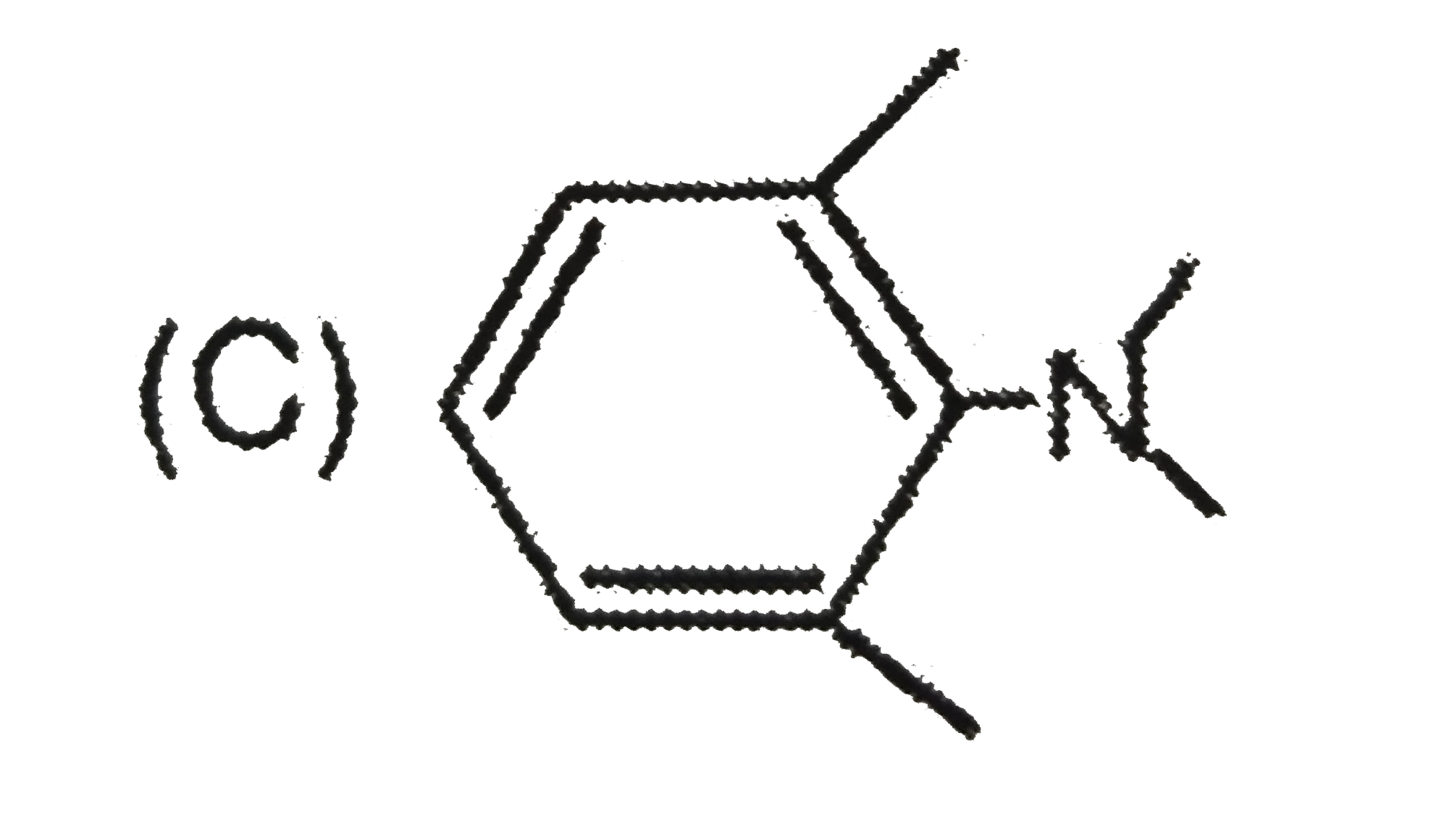
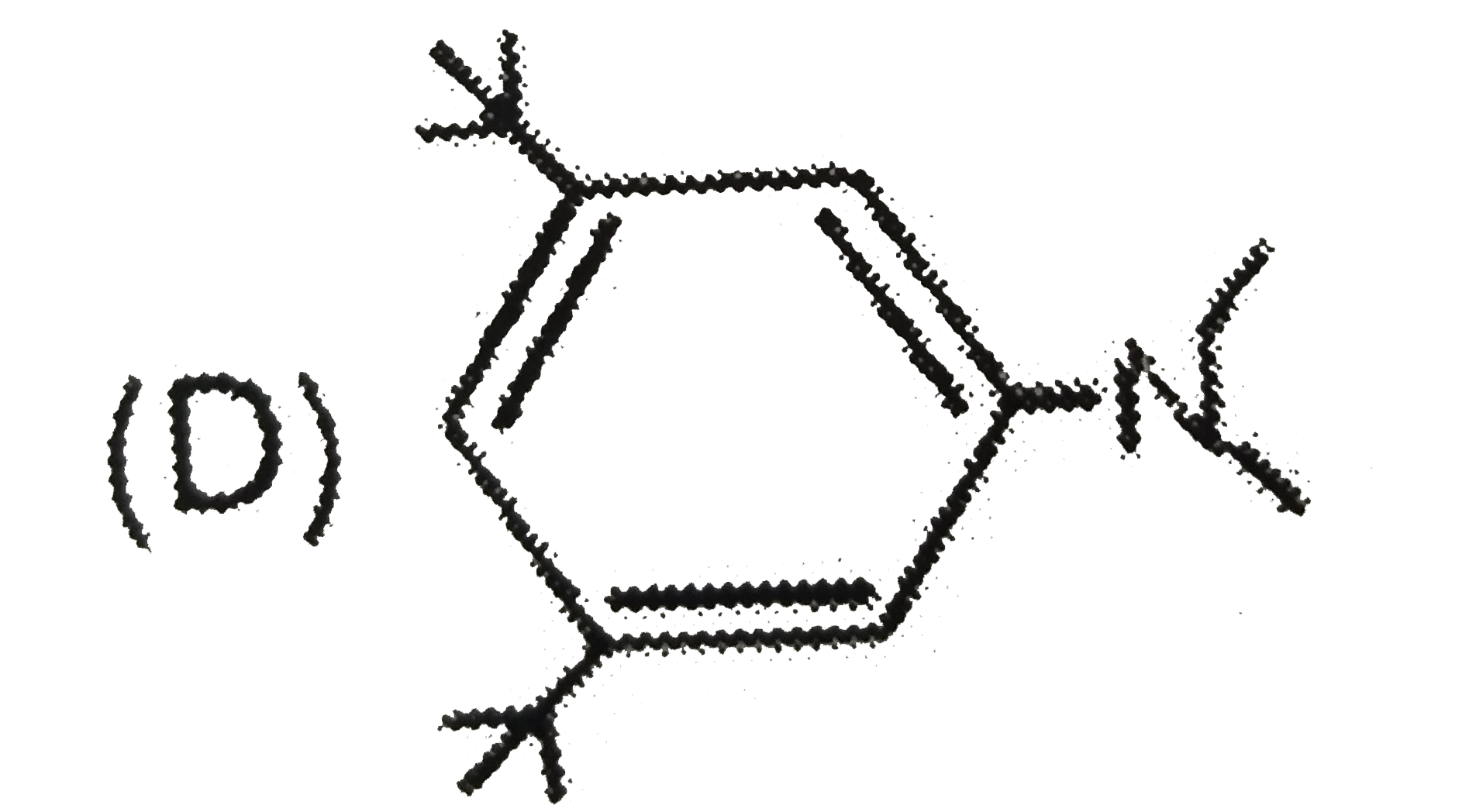
The correct Answer is:C
Step by step video, text & image solution for Maximum extent of steric inhibition of resonance can be expected in by Chemistry experts to help you in doubts & scoring excellent marks in Class 11 exams.
Updated on:21/07/2023Topper's Solved these Questions
- GENERAL ORGANIC CHEMISTRY-IBOOK - RESONANCECHAPTER - GENERAL ORGANIC CHEMISTRY-IEXERCISE - EXERCISE-1 PART-III (MATCH THE COLUMN)
1 Videos
- GENERAL ORGANIC CHEMISTRY-IBOOK - RESONANCECHAPTER - GENERAL ORGANIC CHEMISTRY-IEXERCISE - EXERCISE-2 PART-I
20 Videos
- GENERAL ORGANIC CHEMISTRY-IBOOK - RESONANCECHAPTER - GENERAL ORGANIC CHEMISTRY-IEXERCISE - EXERCISE-1
16 Videos
- GENERAL ORGANIC CHEMISTRY IIBOOK - RESONANCECHAPTER - GENERAL ORGANIC CHEMISTRY IIEXERCISE - Part-III: Section-5: Matching List Type
1 Videos
- HYDROGEN AND ITS COMPOUNDSBOOK - RESONANCECHAPTER - HYDROGEN AND ITS COMPOUNDSEXERCISE - INORGANIC CHEMISTRY(Hydrogen & its compunds Y environment chemistry)
33 Videos
Similar Questions
Knowledge Check
The most important condition for resonanace to occur is that the invovled atoms in resonating structure must be coplanar or nearly coplanar for maximum delocalisation. If this condition does not fulfil, involved orbitals cannot be parallel to each other and as consequence delocalisation cannot occur. Bulky groups present on adjacent atoms inhibit the planarity of atoms involved in resonance. this pehnomenon is known as steric inhibition of resonance. Steric inhibition of resonance has profound effect on
Q. Arrange the following in the decreasing order of basicity:
 .AIgtIIgtIIIgtIVBIVgtIIIgtIIgtICIIgtIgtIVgtIIIDIgtIVgtIIIgtII
.AIgtIIgtIIIgtIVBIVgtIIIgtIIgtICIIgtIgtIVgtIIIDIgtIVgtIIIgtIIThe most important condition for resonanace to occur is that the invovled atoms in resonating structure must be coplanar or nearly coplanar for maximum delocalisation. If this condition does not fulfil, involved orbitals cannot be parallel to each other and as consequence delocalisation cannot occur. Bulky groups present on adjacent atoms inhibit the planarity of atoms involved in resonance. this pehnomenon is known as steric inhibition of resonance. Steric inhibition of resonance has profound effect on
Q. Which of the following is most acidic:A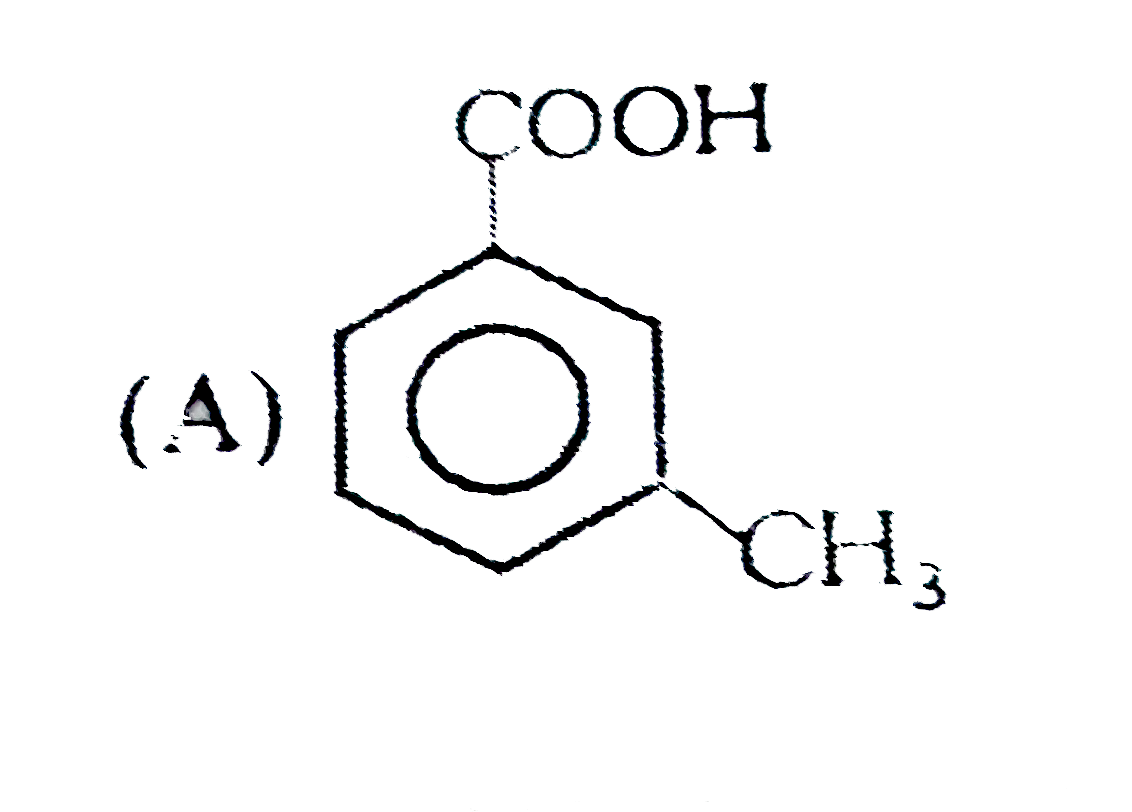 B
B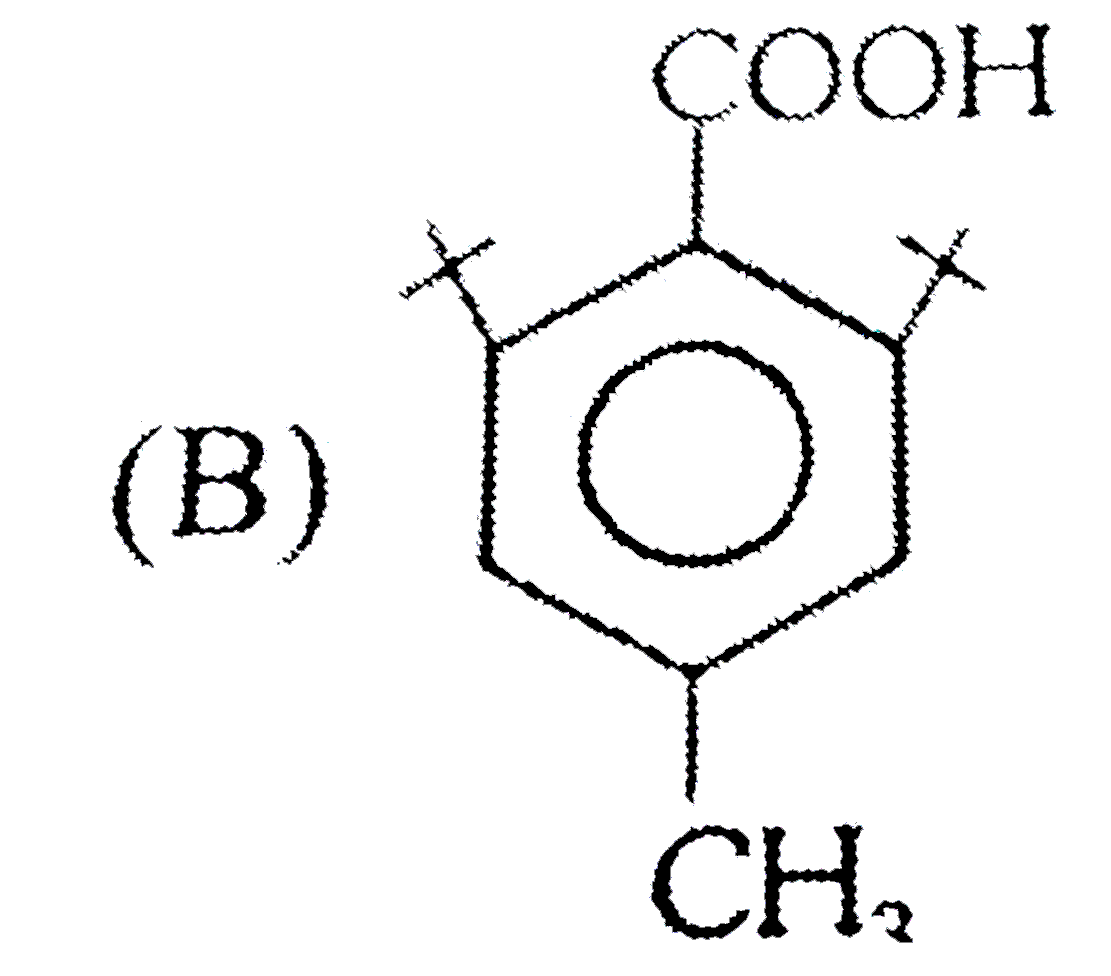 C
C D
D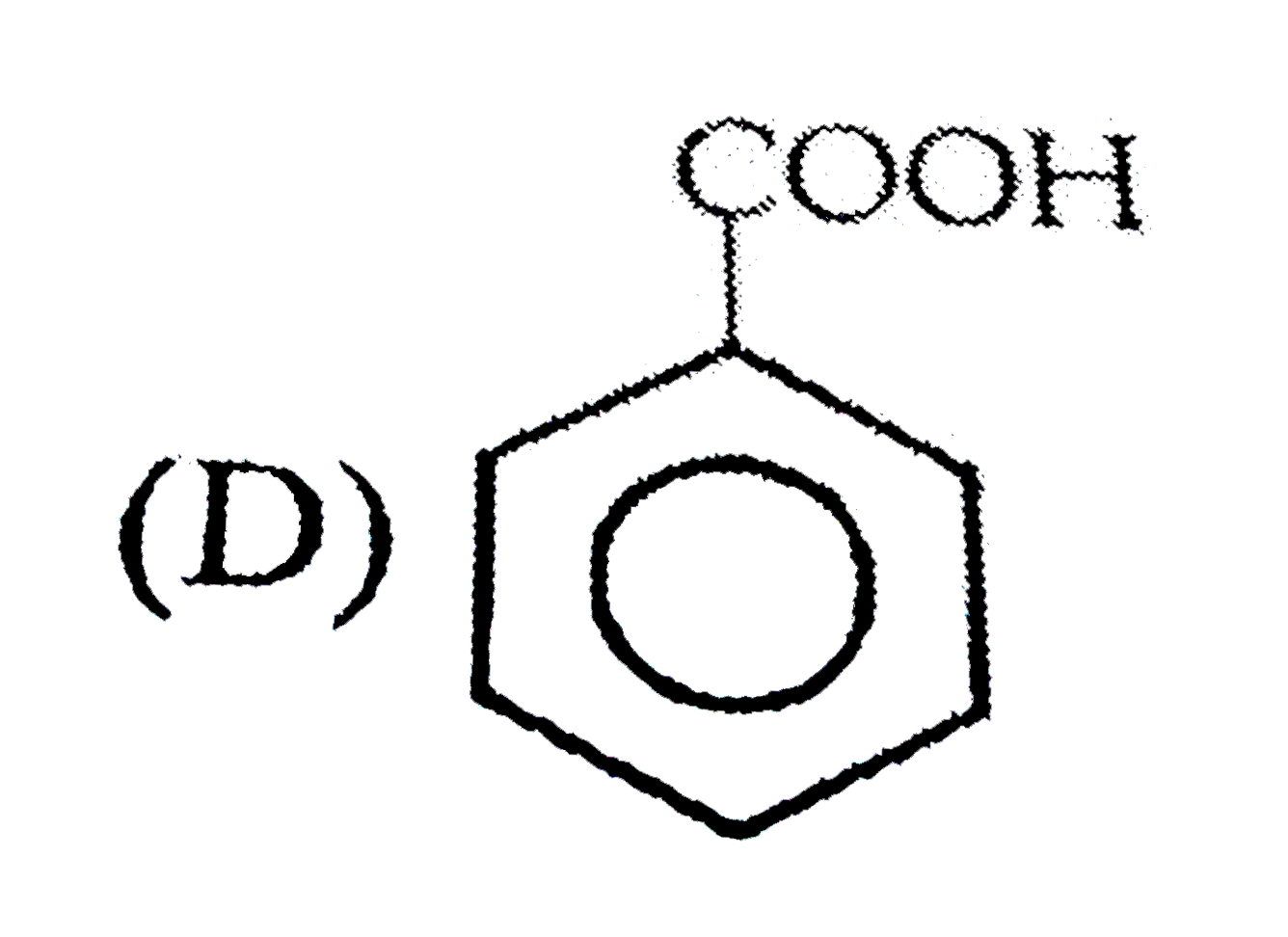
Assertion (A) : Ph⊕N2BrΘ couples with N,N-dimethyl aniline (I) but not with 2,6,-dimethyl-N,N-dimethuyl aniline (II)
Reason (R ): Due to steric inhibition of resonce , the p-potion of (II) is not sufficiently activated fro the coupling reation.
Due to steric inhibition of resonamne, the p-position of (II) is not sufficiently activated for the coupling reaction.AIf both (A) and (R ) ar true, and (R ) is the correct explanation of (A).BIf both (A) and (R ) are true , and (R ) is not the correct explanation of (A).CIf (A) is true , but (R ) is false .DIf both (A) and (R ) are false .
Which of the following compound will not show steric inhibition of resonance?
View SolutionAssertion: Salicyclic acid is much strogest than its m−p-isomers and benzoic acid itself.
Reason: It is due to steric inhibitation to resonance, as −OH group forces −COOH out of the plane of ring.
View SolutionSteric inhibition is not applicable in :
View SolutionAssertion (A): 2,6-Dimethyl-4-nitrophenol (I) is more acidic than 3,5-dimethyl-4-nitrophenol (II).
Reason (R ): It is due to the steric inhibition of the resonance of (−NO2) group with two (Me) groups in (II).
View SolutionMaximum extent of hydrogen bonding is observed in
View Solution
